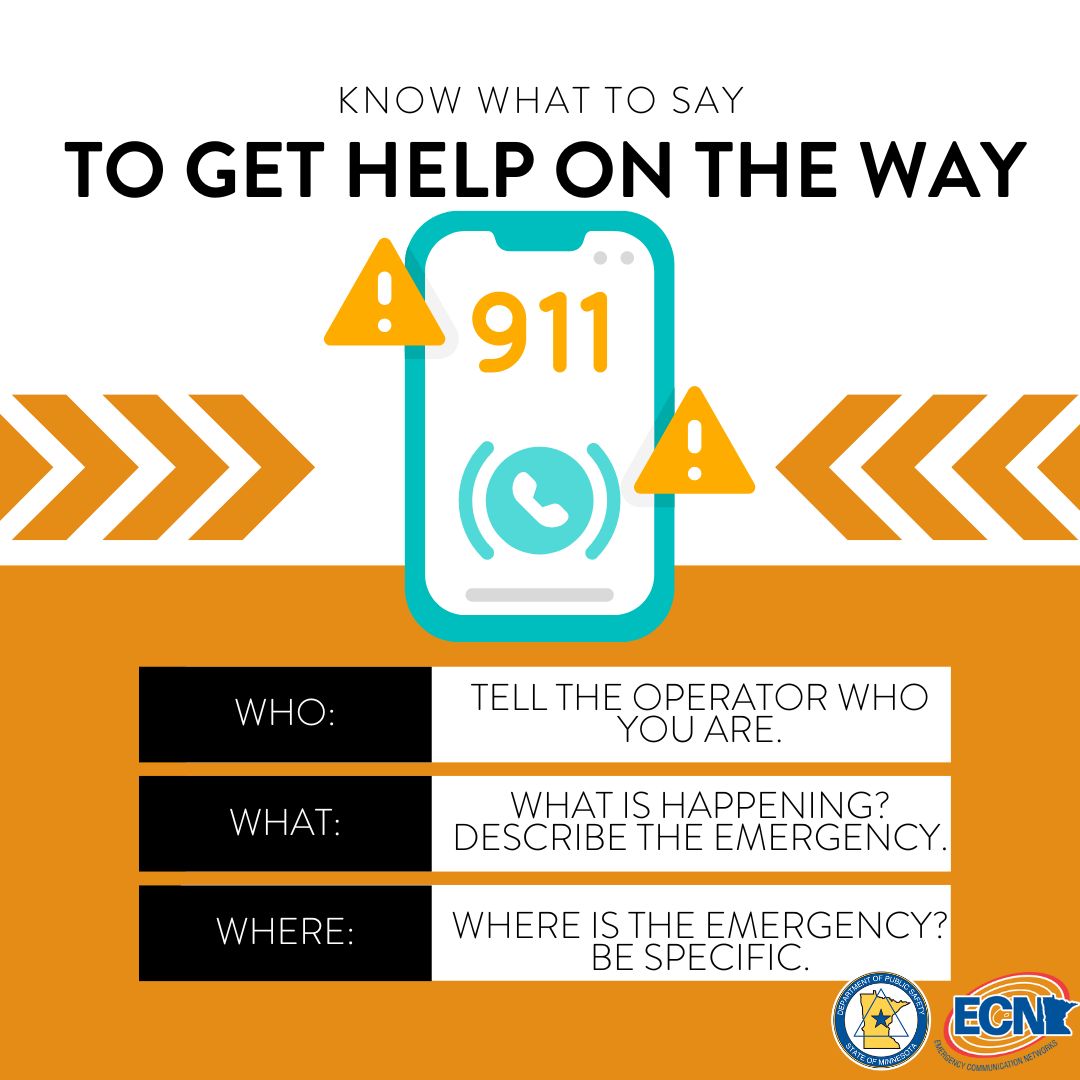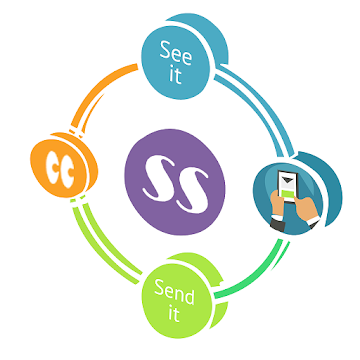ST. PAUL — Ask any adult trying to configure their latest gadget or app — technology is a double-edged sword. That's why it's important children learn how to wield it safely and to their advantage.
Children and 911
Calling for help is an important skill for children to develop, but dialing 911 can be challenging or confusing for them. In a recent study, none of the kindergarten and first grade students tested could dial 911 and report an emergency, and only 16 percent of second and third grade students were successful with the same task.
Children need these skills because sometimes they might be the only ones who can call 911. Their parent or guardian could be choking; a friend might have an asthma attack walking home from the bus stop; a fire might spark in the home after school and before their parents return from work.
“One of the first phone numbers every child must learn how to properly use early in life is 911. This is so important because dialing or texting 911 becomes their lifeline when they or someone they love is in trouble and needs help from law enforcement, fire or ambulance during an emergency," said Dana Wahlberg, director of the Minnesota Department of Public Safety Emergency Communication Networks (ECN) division.
Part of the issue is education. Children in the study struggled to recognize an emergency. Before children become overwhelmed with the start of school, new classes and new friends, DPS officials are encouraging parents to sit down with their kids to discuss when to call 911. Parents can use the following points to guide the discussion:

Let kids know they should call 911 if they see someone who needs help right away because of an injury or an immediate danger.
When calling 911, tell children they need to do so from a safe location where they aren't in danger.
Ensure kids understand that when it comes to calling 911, it's better to be safe than sorry. If it turns out that the situation wasn't a true emergency, let children know it's OK they called 911 anyway because they were trying to help — and that's a good thing.
Talking to public safety telecommunicators, or 911 dispatchers, can also be scary for children. But if parents give them the information they need to navigate the call, they'll have the confidence to do it when necessary. When calling 911, children need to do their best to stay calm, describe the emergency and share the address or location of the emergency.
Traditionally, children are also taught how to dial 911 using landline phones. However, more and more often, families are relying on cell phones instead of landlines. It's important to make sure children have access to a phone even when adults aren't around. They also need to know how to unlock and dial 911 using a smartphone. Parents can help them practice by roleplaying different emergency situations with their families. Mobile phone apps that allow children to simulate 911 phone calls are another tool for parents to use to reinforce these behaviors and skills.
In Minnesota, texting 911 is also an option. Since the service began in 2017, there have been several instances of children texting 911 when their parents were in verbal or physical conflict and they knew making a call would put them in danger. Some of the state's public safety answering points, or 911 dispatch centers, also have built-in language translation capabilities for their texting programs.
See it, Say it, Send it
The Minnesota Bureau of Criminal Apprehension's (BCA) See It, Say It, Send It tip app is a resource for students, parents and school personnel to report threats of violence at Minnesota school facilities. The app is not intended to replace local law enforcement or a school safety plan, but rather supplement it by quickly identifying incidents that may involve more than one facility.
 The app can be used to anonymously send photos, videos or other information. These tips will be reviewed by the BCA and shared with local law enforcement. When the tips aren't about criminal activity, the BCA will work with the Minnesota School Safety Center, the Minnesota Department of Education and schools to get students the help they need.
The app can be used to anonymously send photos, videos or other information. These tips will be reviewed by the BCA and shared with local law enforcement. When the tips aren't about criminal activity, the BCA will work with the Minnesota School Safety Center, the Minnesota Department of Education and schools to get students the help they need.
“Our goal is to prevent incidents before they have the chance to occur. In addition, obtaining a statewide view of threat activity can help law enforcement understand if planned violence involves multiple facilities and more quickly determine the appropriate response," BCA Superintendent Drew Evans said. “But in the event of an immediate threat or ongoing incident, the first call should always be to 911."
Since its launch in fall 2021, the See It, Say It, Send It app has been downloaded 641,650 times and visited by Minnesota IP addresses 3,211,486 times.


Reporters interested in interviewing ECN Director Dana Wahlberg about the importance of teaching children how to dial 911 can contact Veronica Marshall at Veronica.Marshall@state.mn.us.
Reporters interested in interviewing BCA Superintendent Drew Evans about the See It, Say It, Send It app can contact Jill Oliveira at Jill.Oliveira@state.mn.us.

